CEO Corner: Chuze Fitness, Cory Brightwell Use ‘Hospitality’ To Drive Growth
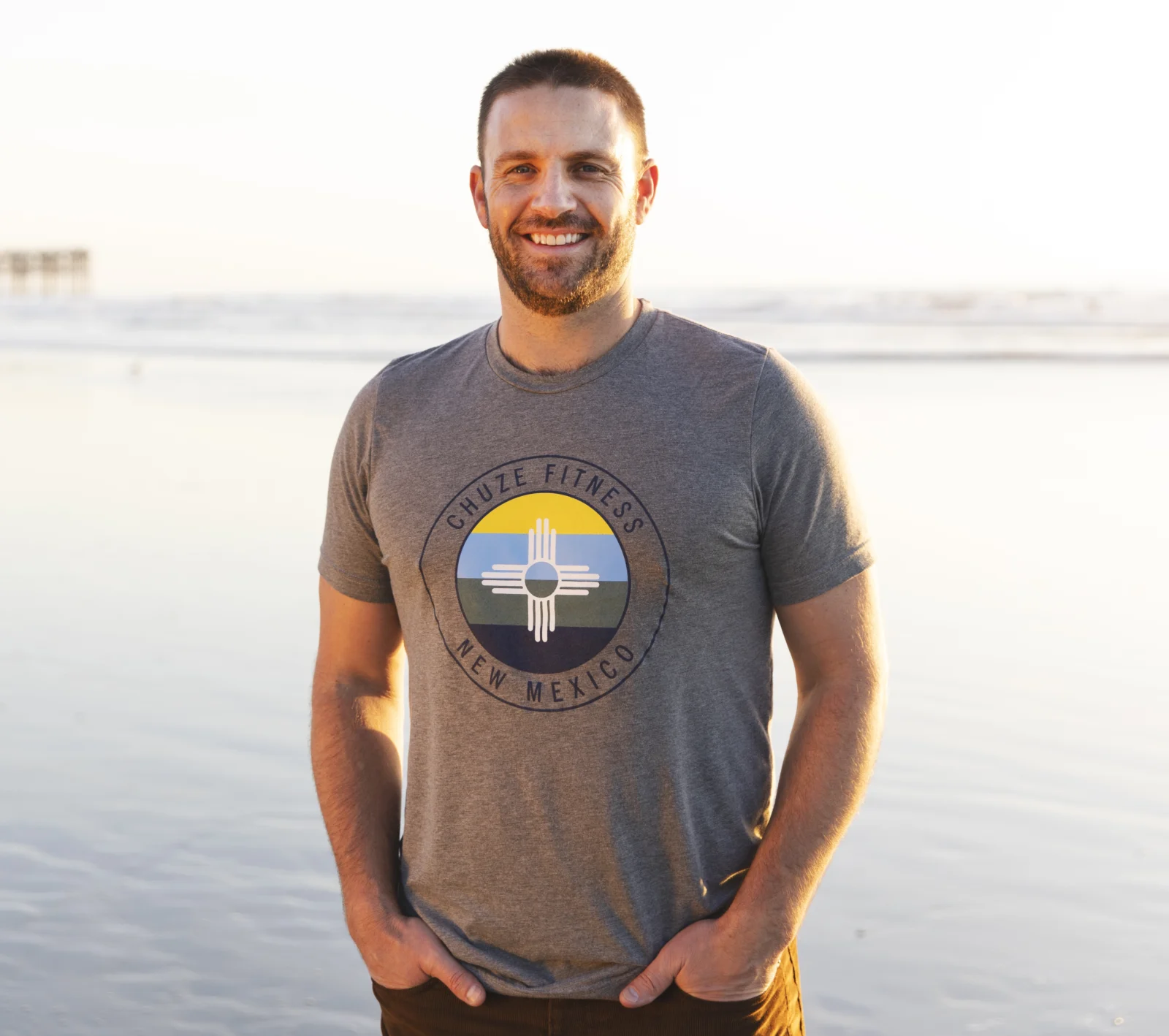
Chuze has become one of the fastest-growing high-value, low-price (HVLP) gym chains in the U.S., currently operating 59 locations
For Chuze Fitness CEO Cory Brightwell, running an elite consumer-focused business is a lifelong pursuit.
Having watched his father, Charles Brightwell, grow and scale a successful restaurant chain between 1978 and 1995 along with business partner Ray Barshick, the younger Brightwell got an early appreciation for management and entrepreneurship.
In 2008, a few years out of college, Brightwell teamed with childhood best friend Nick Barshick, their fathers, and Barshick family member Kris Peterson to create Chuze Fitness.
Chuze has become one of the fastest-growing high-value, low-price (HVLP) gym chains in the United States, currently operating 59 locations in California, Colorado, Arizona, New Mexico, Texas, Florida and Georgia. Despite its basic memberships costing only $10 per month, Chuze gyms are filled with state-of-the-art equipment, wellness and recovery amenities, and group exercise offerings.
Beyond offering expansive physical spaces, Brightwell attributes Chuze’s impressive growth to being hyper-focused on the member experience, namely bringing a high level of “hospitality” to its gyms.
“The gym industry is not seen as a hospitality industry,” Brightwell says. “That’s on us to fix.”
Brightwell spoke with Athletech News about Chuze’s quest to bring hospitality standards to the fitness industry, the brand’s 15-year expansion journey, and how big-box operators can build a winning fitness experience in the post-COVID environment.
This conversation has been lightly edited for clarity and length.
Athletech News: What did you and your partners see in the fitness industry that inspired you to create Chuze Fitness?
Cory Brightwell: Keep in mind this was over 15 years ago – the industry has come a long way since then – but the experiences we had when we walked into other facilities were pretty consistent, and pretty poor all around. We would walk in and wouldn’t really get welcomed or greeted by the person at the front desk. Nobody was focused on the member experience; everybody was focused on selling the membership and selling personal training. It seemed like a very used-car salesman experience. It really opened our eyes to what we thought was an opportunity. That opportunity was to bring hospitality to the fitness industry.
We committed to being the friendliest and cleanest gym. Those are basic things, but they’re really difficult to execute at a high standard day in and day out. We wanted to be known as the brand that knows its members’ names, that is spotless when members walk in, and where everybody feels welcome. That’s what we committed to back in 2008 when we opened our first location. I think we’ve certainly differentiated ourselves in those two categories, hospitality and cleanliness.
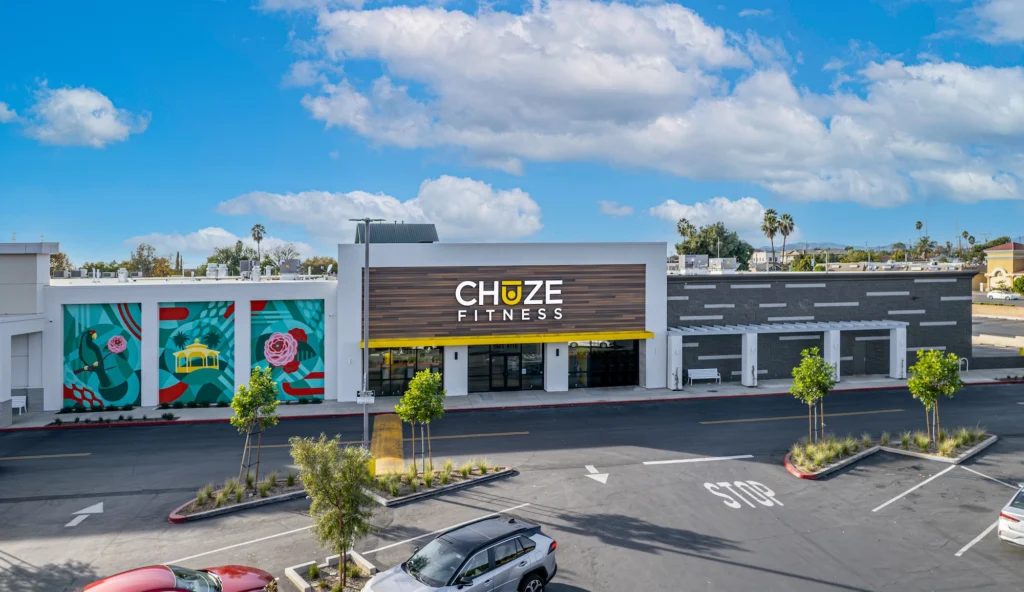
ATN: What has Chuze’s growth trajectory and evolution been like since its founding in 2008?
CB: In our first four or five years, we grew nicely in San Diego and went over into Tucson, Arizona, and started working our way north in Orange County, California. The first 11 locations were more of the smaller, prototype 15,000 to 20,000 square foot box gyms. It wasn’t until our 12th and 13th locations that we really expanded the footprint to 35,000 to 40,000 square feet. We felt like we could not only continue to differentiate ourselves through our hospitality and our cleanliness, but with our value proposition. We’ve added new amenities like pools, Jacuzzis, steam rooms and saunas, kids clubs, group fitness studios, high intensity interval training studios, infrared yoga studios and recovery studios.
The bigger box really became our growth vehicle for the future. Over the last 15 years, we’ve gone from one location to 59, mostly through organic, new-build clubs, although we have acquired some companies. On average, our growth rate in terms of locations has been about 18% every year and membership has grown around 21% year over year. When you look at revenue, it’s been about a 25% compounded annual growth rate. We’re committed to responsible growth.
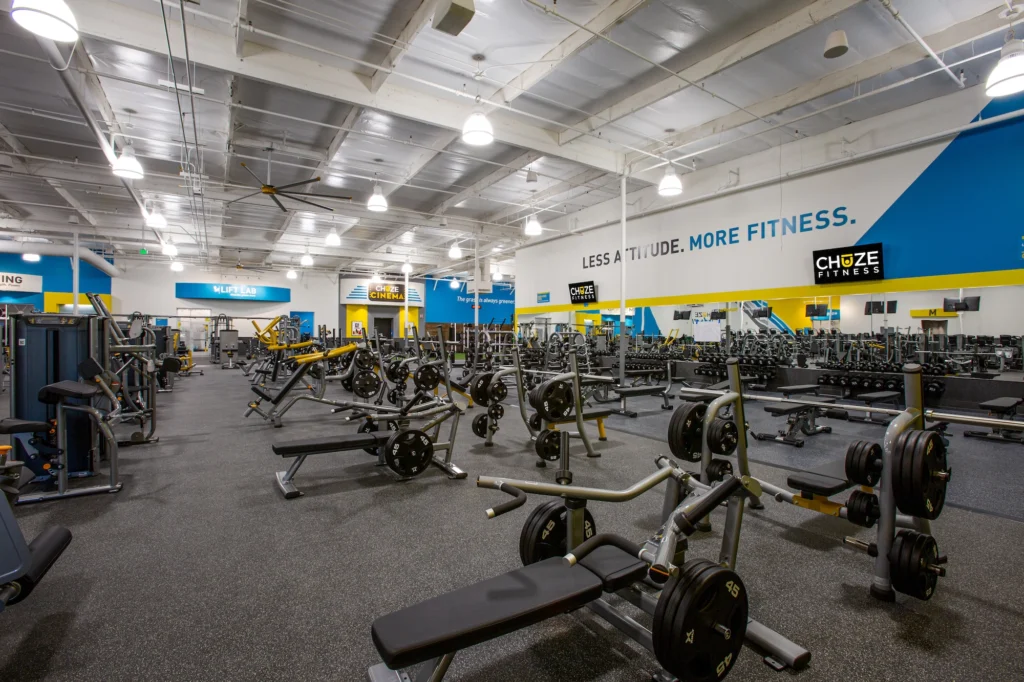
ATN: Why does Chuze prefer corporate-owned gyms over franchising?
CB: We actually did establish a franchise arm back in 2011, and we do have two franchise locations. It was a strategy earlier in our existence to help protect our home market. However, we knew that’s not how we wanted to grow, at least for now, and so we’ve been focused on corporate growth.
There are some great franchises out there, but for us, we don’t want to lose control of the standard of execution. I’m not saying we won’t eventually explore that avenue, but for now, we like keeping things in-house so we can ensure from a quality-control standpoint that the experience we’re delivering to our members never slips.
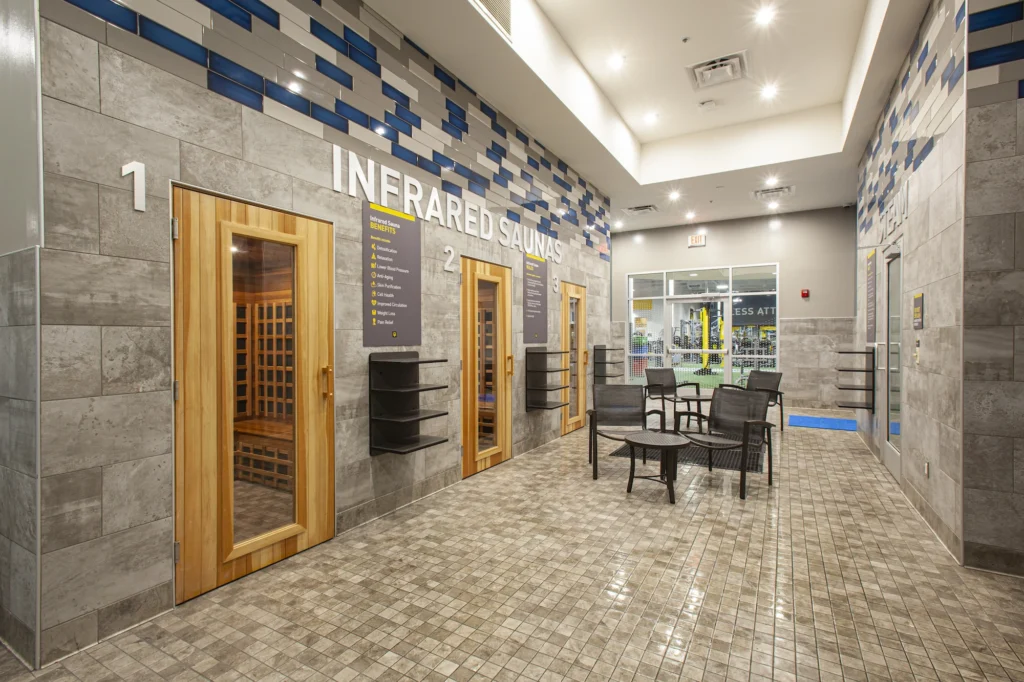
ATN: How big can the Chuze footprint become with corporate-owned gym locations?
CB: It’s really dependent on how well we continue to execute. I would estimate that our goal is to open anywhere from five to 10 locations per year for the next three to five years. So hopefully in five to 10 years, we’re getting close to 100 locations.
Acquisitions are another factor in our growth. Some of the new builds are less attractive in today’s environment because of construction costs and supply chain delays, so acquisitions are looking more appealing. Fortunately, with the network that we’ve built over the years, we have a lot of great relationships with operators who have 10, 20 or 30 locations that may be looking to retire or hand off to a good operator that’s going to take care of their brand and take care of their employees.
ATN: Speaking of acquisitions, Chuze recently acquired 16 Bailey’s Health & Fitness locations in Florida and Georgia. How did that deal come about?
CB: That really happened because of the relationship I have with David Bailey, the founder of Bailey’s. I’m part of REX Roundtables, which is a group of operators across the country. I’ve known David for almost nine years now, and we’ve done a lot of collaboration and have spent a lot of time at each other’s clubs and in each other’s markets. He and his brothers had been running Bailey’s for 35 years, and I think that after making it through COVID and surviving that, it was an opportunity and time for them to capitalize on the fruits of their labor.
There was a good fit in terms of culture – they were running a really healthy business – and it was also a great opportunity to give us a nice footprint on the East Coast.
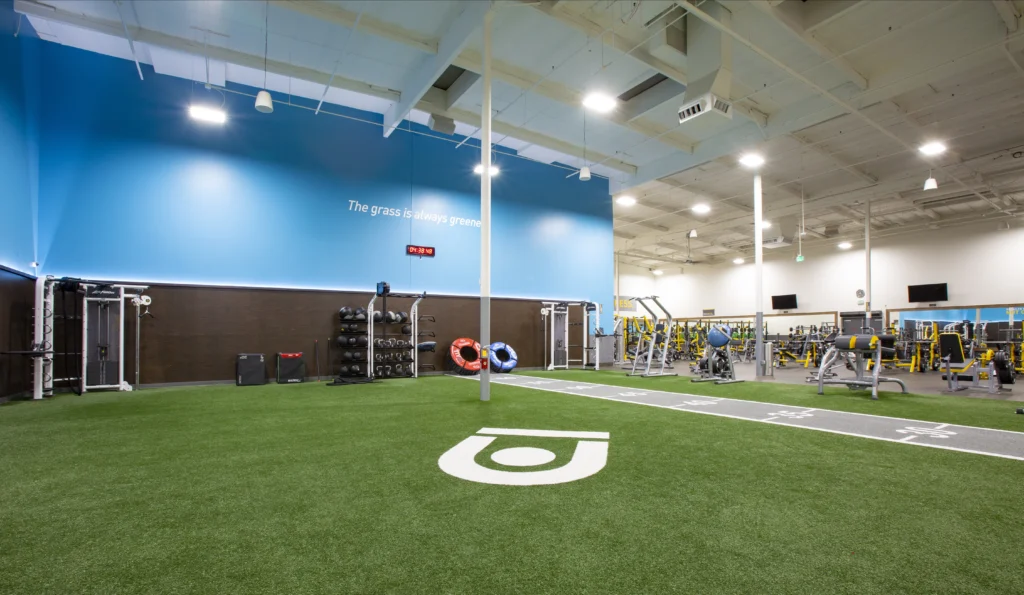
ATN: Is Chuze looking to expand into any other areas of the country?
CB: We’re constantly looking and exploring new market opportunities. The good news is with the recent acquisitions in El Paso, Texas (Chuze acquired EP Fitness in 2022) and Florida, plus our existing geographic base through California, New Mexico, Colorado and Arizona, we’ve got a lot of white space to grow in our existing geographies. That’s probably where most of our growth in the near term will be focused, with new markets probably coming up in maybe the next three to five years.
ATN: What are the biggest challenges and opportunities for gym chains like Chuze in the post-COVID environment?
CB: The post-COVID world has certainly hit most operators on the operating cost side. Labor costs and minimum-wage inflation are really out of control, so operators are having to get creative on how they deliver a good experience and make things more automated within their facilities. There’s a big opportunity to leverage technology to find ways to mitigate labor costs while hopefully still having a human presence in facilities.
It’s also about finding ways to value-engineer the way we’re building our facilities, since construction costs are inflated from pre-COVID numbers and may not come back down. We want to build our facilities with premium finishes and build them to be bulletproof so they can sustain a lot of use. However, you’ve got to figure out how to do it without breaking the bank. I think the operators that can figure out that equation are going to be successful.
Another big opportunity is building bigger free-weight areas because free-weight equipment is cheaper than cardio equipment. If you’re allocating more square footage to your free weights or your functional training, generally the per-square-foot cost to build that part of the facility out is less than the cardio square footage or even some of the boutique-studio offerings that many operators have. We’re finding creative ways to give our members what they really want, including more access to strength training and free weight training.



